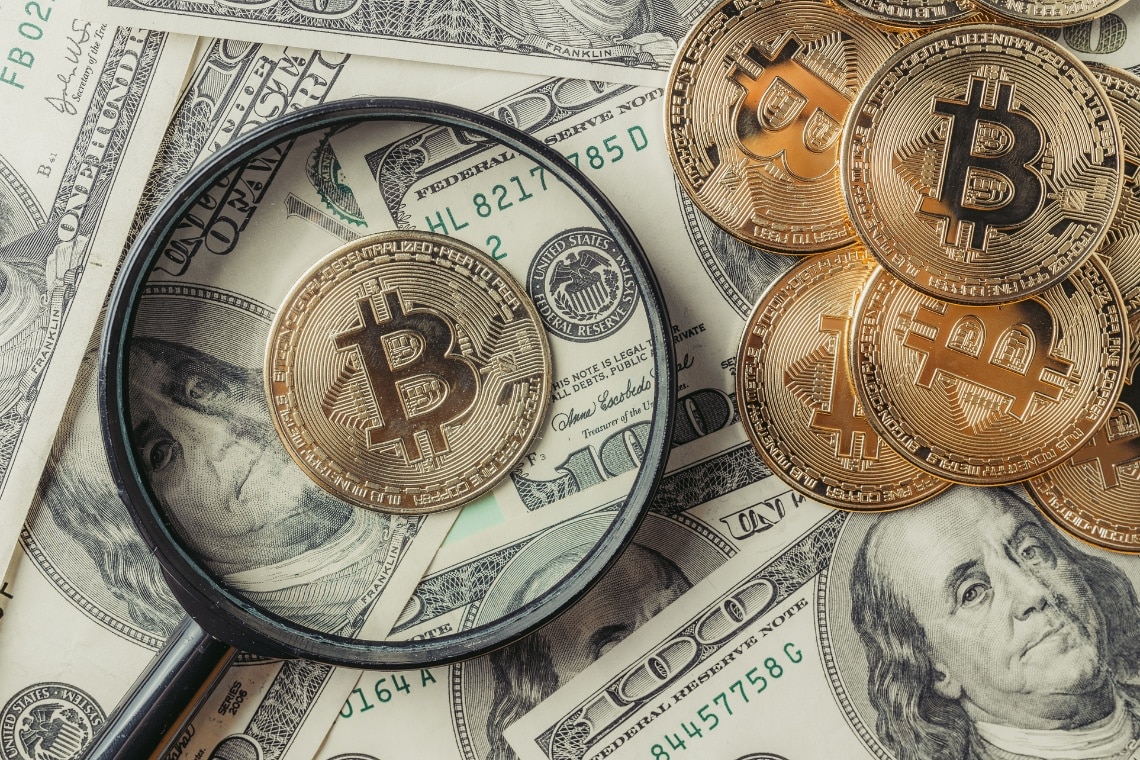There has been recent speculation that the Fed’s monetary policies may remain restrictive for the entire course of 2023, possibly ending up further damaging crypto markets and the price of Bitcoin.
The fact is that as early as the course of 2022, the actions of the US central bank may have hurt traditional financial markets and, in turn, crypto markets.
Summary
Statements regarding the current macro situation
In particular, yesterday the President of the Federal Reserve Bank of Cleveland, Loretta Mester, said that the central bank will be forced to raise rates further later this year, and leave them high for a long time.
The problem, according to Mester, is that it may be difficult to keep inflation on a sustained downward path that aims to get it back to 2%, which is why she believes the federal funds rate will end up being raised even above 5%.
Right now the real Federal Funds rate is 4.65%, so in fact Mester still assumes at least a 50 basis point increase, or two from 25.
It is worth noting that markets right now are thinking that a single 25-point increase is more likely, although they have been changing their minds on this point very frequently lately, and very quickly.
Fed activity outside of Bitcoin
It is enough to think that until Monday there was speculation that the Fed might opt not to raise rates in May, while after Mester’s statements the most likely assumption is back to a 25-point increase.
It is also curious that in the financial markets the hypothesis of a subsequent 25 basis point reduction in June is also given as possible, whereas according to Mester’s words the exact opposite should happen.
It is worth noting that Mester is only the president of the Cleveland Fed, and not the chairman of the Fed itself. However, decisions on rate increases have lately been made by the FOMC often by consensus, so Mester’s words at this time carry significant weight.
Moreover, according to financial markets, 2023 could also end with a further reduction in rates to a level slightly below the current one.
Therefore, it seems that the Fed is going in one direction, while markets are hoping it will go the other way.
The consequences of the choices of Fed on Bitcoin and markets in general
The problem is that when reality turns out to be more negative than expectations, markets usually react badly, or even very badly.
It is not to be ruled out that right now the slight optimism that seems to be spreading depends more on mere hope than on a realistic analysis of what is actually happening.
The notion that the markets do not believe Mester’s words in the medium term, while believing them to be credible in the short term, might also mean that they have not yet thought deeply enough about what might happen after May.
A lot will depend on the US inflation figure for March that will be released next week.
If it turns out to be worse than what the markets anticipate, then their reaction could be negative. At this time, a very negative reaction does not seem very likely, because Mester herself has given as a reference a rate of 5%, which is not much higher than the current real rate.
The consequences for Bitcoin and crypto
It is worth noting that the dynamic that characterized 2022, with the Fed actions weighing heavily on Bitcoin and financial markets causing them to fall quite a bit, eventually occurred also in the crypto markets.
The point is that many cryptocurrencies, first and foremost Bitcoin, are now considered risk-on assets in some ways comparable to those with similar financial characteristics that have been in the financial markets for some time.
That is, what affects risk-on assets on traditional exchanges ends up affecting crypto markets as well, and in particular the price of Bitcoin.
So in case of a negative reaction of financial markets to the release of next week’s inflation figure, or the Fed decision to raise rates in May, Bitcoin and crypto markets would probably follow suit as well.
However, if the figure to be released next week is not high, and if the rate hike in May is only 25 points as expected, the reaction of the markets might not be particularly negative.
The problem of inflation
It is worth noting that in February inflation had fallen to 6% from 6.4% in January, but in January it had fallen very little from 6.5% in December. However, by December it had fallen significantly from 7.1% in November.
At this point, with the highest level of interest rates in decades, one would expect a further significant drop in US inflation in March, as happened for example in the Eurozone. After all, while inflation in the Eurozone was 8.5% in February, it “collapsed” to 6.9 % in March.
So there are both hints of a possible significant drop in inflation in March in the US as well, and hints of a possible contained drop, as Loretta Mester’s statements would suggest. In the latter case, markets may not even react well.
It was Mester herself who pointed out that the Fed’s monetary policy at this time depends precisely on how far inflation and inflation expectations are moving downward.
In addition, the central bank’s president, Jerome Powell, has also always said that their choices right now depend on the data, so everything will depend on how the situation evolves, especially from the monetary point of view.




